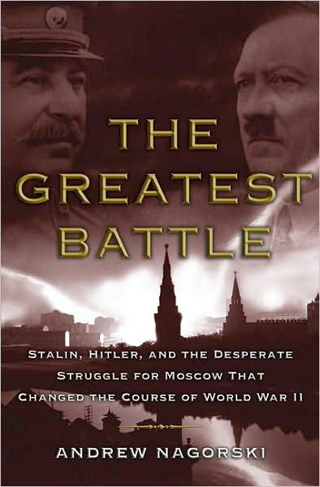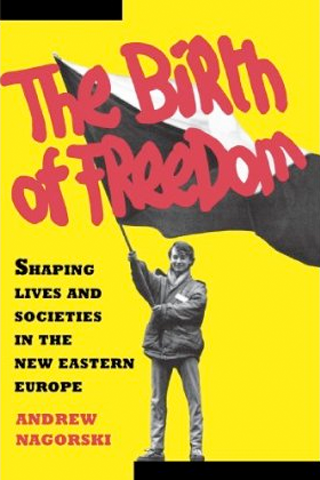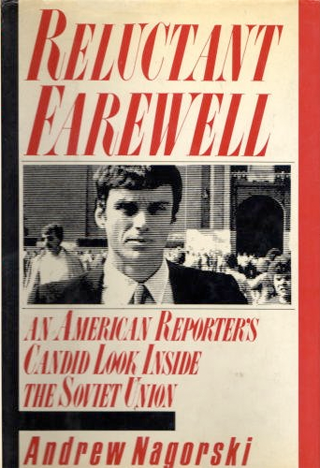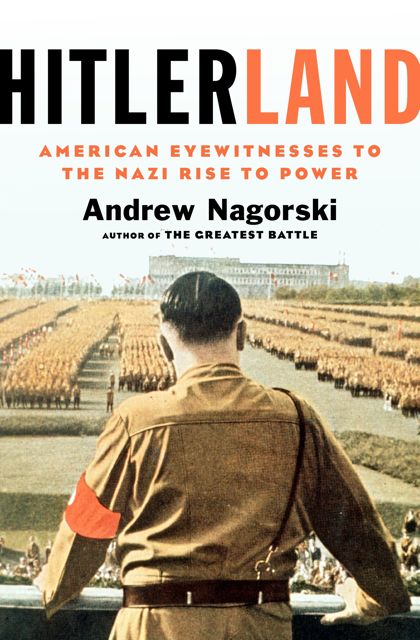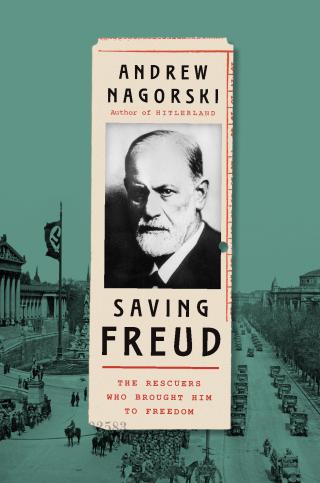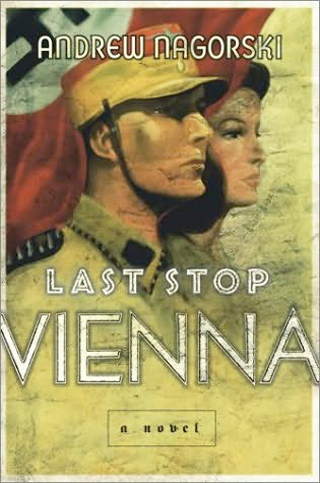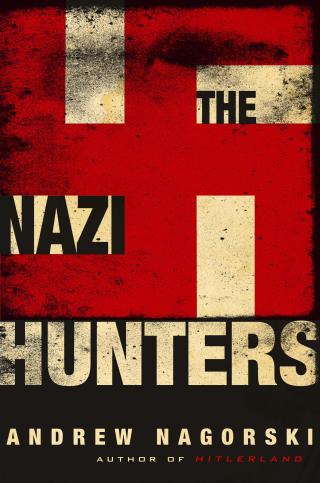We tend to think of D-Day as the turning point of WWII: the day the Allies landed in Normandy to liberate France, and the entire Europe, from the Nazi invaders. But Andrew Nagorski’s new book, 1941: The Year Germany Lost the War (New York, Simon & Schuster, 2019), persuasively argues that this crucial year was the beginning of the end for Hitler’s regime and the beginning of hope for the Allies. In fact, had Hitler not chosen to follow in Napoleon’s footsteps and replicate his mistake—that of invading Russia at the wrong time–it’s likely that the descendants of the Nazi victors would be writing a very different history today.
Nagorski points out that before he launched Operation Barbarossa and invaded the Soviet Union on June 22, 1941, Hitler had Europe in the palm of his hands. He had swept through most of the Continent, while Britain found itself fighting the war almost alone. The United States, and especially President Roosevelt, was on its side. However, America hadn’t yet joined the Allied forces and the President was still struggling with isolationist tendencies in Congress. Furthermore, Germany was relatively safe from the danger of Soviet invasion thanks to the Nazi-Soviet (or Molotov-Ribbentrop) neutrality pact of 1939. Judging by Stalin’s shock and hesitation to retaliate when he first found out that Germany attacked his country, the Axis powers could have continued to trounce the Allied forces. But Hitler’s racial theories—which considered the Slavs to be an inferior people—coupled with his ideology of Lebensraum, or the conviction that the Aryan race would thrive if they vastly expanded their territory and resources by conquering the Soviet Union, led Hitler to make the same mistake in 1941 that caused Napoleon’s fall over a century earlier.
Catching the Soviet Union unprepared for war and with its army leadership decimated by Stalin’s Great Terror purges of 1936-1938, Hitler expected to conquer quickly the Soviet Union. He was especially interested in getting his hands on the natural resources of the Ukraine which is why, contrary to the wise advice of General Heinz Guderian, who counseled him to invade Moscow first, Hitler decided to make Kiev his immediate target in the early fall of 1941. This postponed the attack on Moscow to the late fall and winter (October 1941 to January 1942), with the Nazi soldiers unprepared for the extremely cold temperatures of the region and running out of supplies and energy. As Nagorski points out, both totalitarian rulers made big miscalculations during the war. But in 1941 they began to follow different paths. As Stalin started trusting and taking the advice of his key generals, particularly his ruthless and courageous Chief of Staff, Georgy Zhukov, Hitler, fueled by his previous easy victories and obsessed with directing soldiers and resources to the mass murder of the European Jews, began making big mistakes. “It was their calculations—and, more significantly, gross miscalculations—that were determining the trajectory of the war” (1941,143).
The prolonged battle of Moscow was not the only turning point in the war, however. The continuing rapprochement between Roosevelt and Churchill, the decrease in power of the main proponents of the “America First” isolationist movement (Charles Lindbergh and Joseph Kennedy, not accidentally, both Nazi sympathizers), and especially Japan’s attack on Pearl Harbor on December 7, 1941, all changed the fate of Europe and the direction of the war. “History is written by the victors,” Winston Churchill is often cited as saying. In the case of the Jews, and perhaps also the Slavs, it would have been not only their history, but also their very existence that would have been effaced had the Nazis won the war. Nagorski’s exceptionally well researched and magnificently written book reminds us of the pivotal importance of the year 1941. This book, along with Robert Conquest’s The Great Terror: Stalin’s Purge of the Thirties (1968) and Alan Bullock’s Hitler and Stalin: Parallel Lives (1991), should be an essential reader for anyone interested in Hitler, Stalin and WWII history.

